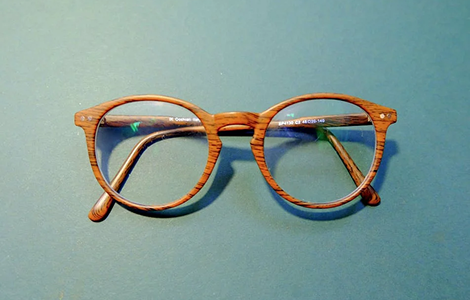Single vision lenses feature one consistent prescription across the entire lens. This single prescription is made to correct one specific vision need. Single vision lenses are the most common type of prescription lens. They’re designed to correct vision at one distance—whether it’s for distance, near, or intermediate use. A vision prescription determines the strength and type of single vision lens needed. Single vision lenses are designed to correct vision for specific refractive errors and help with vision issues such as presbyopia, myopia (short sighted), hyperopia (far sightedness), and astigmatism.
Hyperopia (far sightedness) causes blurred vision when viewing nearby objects or close up objects, as light enters the eye and focuses behind the retina. Single vision lenses help focus light properly onto the retina to correct this, making objects close and objects nearby appear clear. Myopia (short sighted) leads to blurry vision for distant objects because light focuses in front of the retina, and single vision lenses correct this by helping the eye focus at the right point. Single vision lenses can also correct astigmatism by providing a specific prescription for the shape of the cornea. These lenses are perfect if you only need help seeing clearly at one range.
Single vision eyewear is commonly used for everyday activities such as reading, working on screens, driving, or general wear. They help people read and see close up objects clearly, making them ideal for tasks that require sharp vision for nearby objects. For distance vision, single vision lenses are effective for viewing objects beyond arm's length, such as when driving or watching TV.
If you’re under age 40 or don’t require multifocal correction (like varifocals), single vision lenses are often the ideal solution. However, as people age, especially after age 40, presbyopia can develop, making it harder to focus on objects close up and requiring different lens types for different distances. Multifocal lenses, such as bifocals and progressives, are designed to provide clear vision at different distances, while single vision lenses are for just one distance.
If you only need correction for one type of vision issue, opt for single vision eyewear for simplicity and comfort.

















